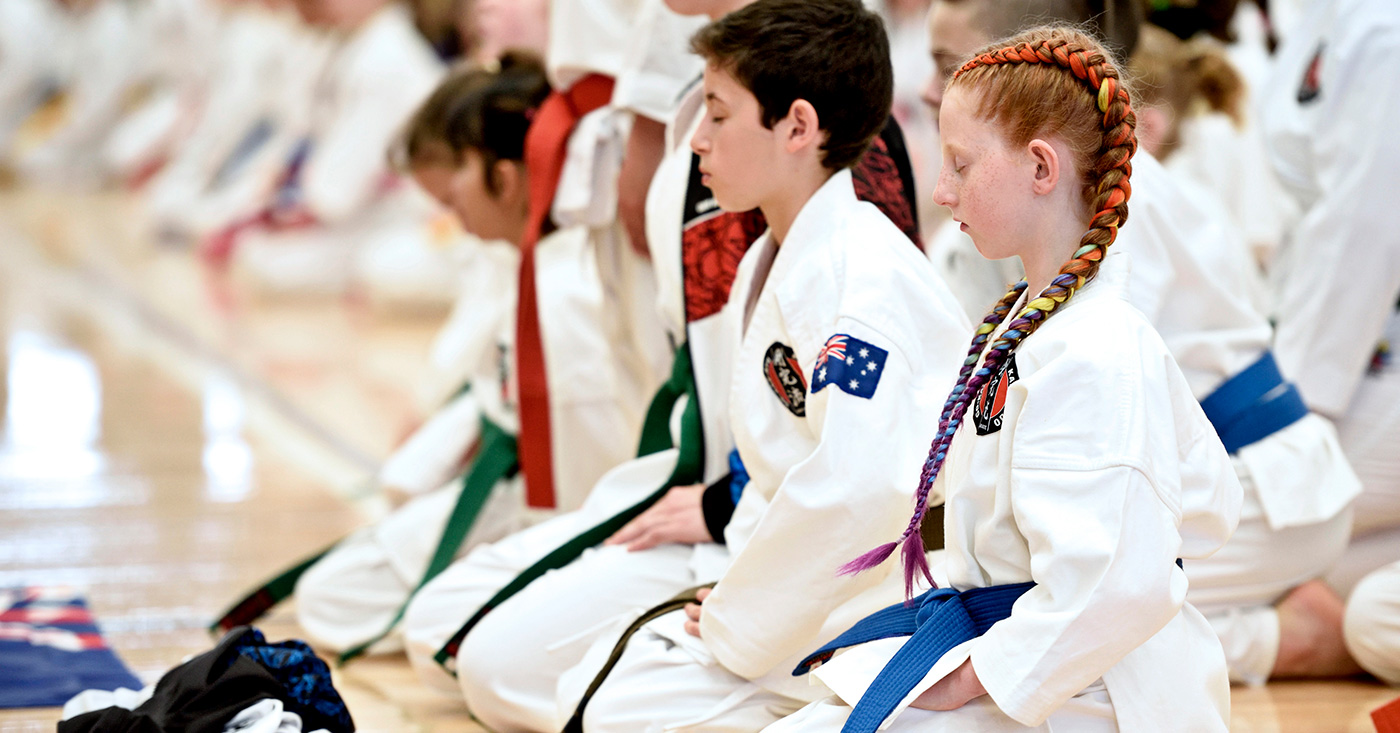The Art of Breathing

We all want to live a more energised, healthy existence. And while I observe so many people work hard and apply self-discipline to their training and diet, there is often one simple yet fundamental area holding them back – breathing. I write this article hoping to inspire in you an appreciation of the importance of correct breathing.
Breath-taking For Granted
As with most things freely available to us, we tend to take the important business of breathing for granted. After all, it’s a simple process of inhale; exhale. It costs nothing, the supply is seemingly endless and it requires little to no effort. In fact, we even do it in our sleep! Sadly, only when it’s impaired by pollution, unwelcome odors, age or ill health do we start to show concern.
We can survive weeks without food and days without water, but life is only possible for a few minutes without air. The connection between life and breath is very close and breathing is our most important biological function.
I imagine some of you are saying, “But I already know how to breathe, I’m alive aren’t I?” True, but few realise that we don’t just breathe to stay alive; it also plays a significant role in the quality of our life.
Habitual Breathing
If you only ever breathe habitually (let your body do it without any extra thought), studies suggest that you’re only ever filling your lungs to about one-third of their capacity. Habitual breathing is very shallow. Permanently operating with a one third lung capacity means that oxygen is not transported effectively through our body.
To give you a crash course in the importance of oxygen, it does not just enter and leave the lungs (known as external respiration). Oxygen is also transported throughout the body via the bloodstream, unlocking the doors of energy cells. This is known as internal respiration or tissue breathing.
The more our lung capacity is used, the more oxygen enters and moves throughout our bloodstream. This equates to clearer thinking, less stress, minimised chance of acquiring illness or disease, greater energy and overall better health.
For habitual breathers, good news comes your way if you exercise. During exercise our lungs fill to about two-thirds capacity so for those brief periods, you’re unlocking more doors to energy cells. It doesn’t require a brain surgeon to realise that optimal health comes from filling your lungs to their full capacity. So, how do we do this?
The Conscious Breath Of Life
There is only one-way to fill your lungs to full capacity and gain the numerous health benefits: by engaging in conscious, deep breathing.
The process is quite simple; take a deep breath in through the nose (your stomach should expand, not contract when breathing in). Hold your breath for three seconds, then exhale through the mouth as slowly and as silently as you can. Again, count to three before taking the next breath.
You obviously can’t do this all day. Begin practicing conscious, deep breathing whenever and wherever it occurs to you – in the shower, driving the car, at work, at home, just whenever you remember to.
Start by taking 10 deep breaths three times a day, and aim to improve the length of each breath. Only when we have learned to fill and empty our lungs in the way nature intended, will we find improved health in our life.
When beginning to breathe correctly, you may find the inhalation a little short and unsatisfactory and the exhalation hard to control. You may even experience brief dizziness. This is because your body is unaccustomed to having oxygen in rich supply.
Yes, when you’ve been deprived for so long you can have too much of a good thing! But don’t worry, like anything, you will get more accustomed to practise.
The Importance of Breath Control
Humans have known about the importance of breath control for thousands of years.
The great Yogis and Sadhus of India, the Lamas of Tibet, the Holy men and great Sages of China would take to the mountainous regions for meditation and self-development. It is no coincidence that all of their physical and spiritual achievements began and ended with the harnessing of the air around them.
Unfortunately, not everyone has access to mountaintops or the ocean. However, there are truly amazing benefits to draw from the air around you, whatever your location or circumstances. Breathing costs nothing and requires no equipment or training partner.
So now that you have the knowledge, the question is: “What are you going to do with it?” It’s something so easy to do, yet equally, something easy to neglect or shrug off. I pray I’ve inspired you enough to start a new habit of conscious, deep breathing each day from today onwards.
See also:



